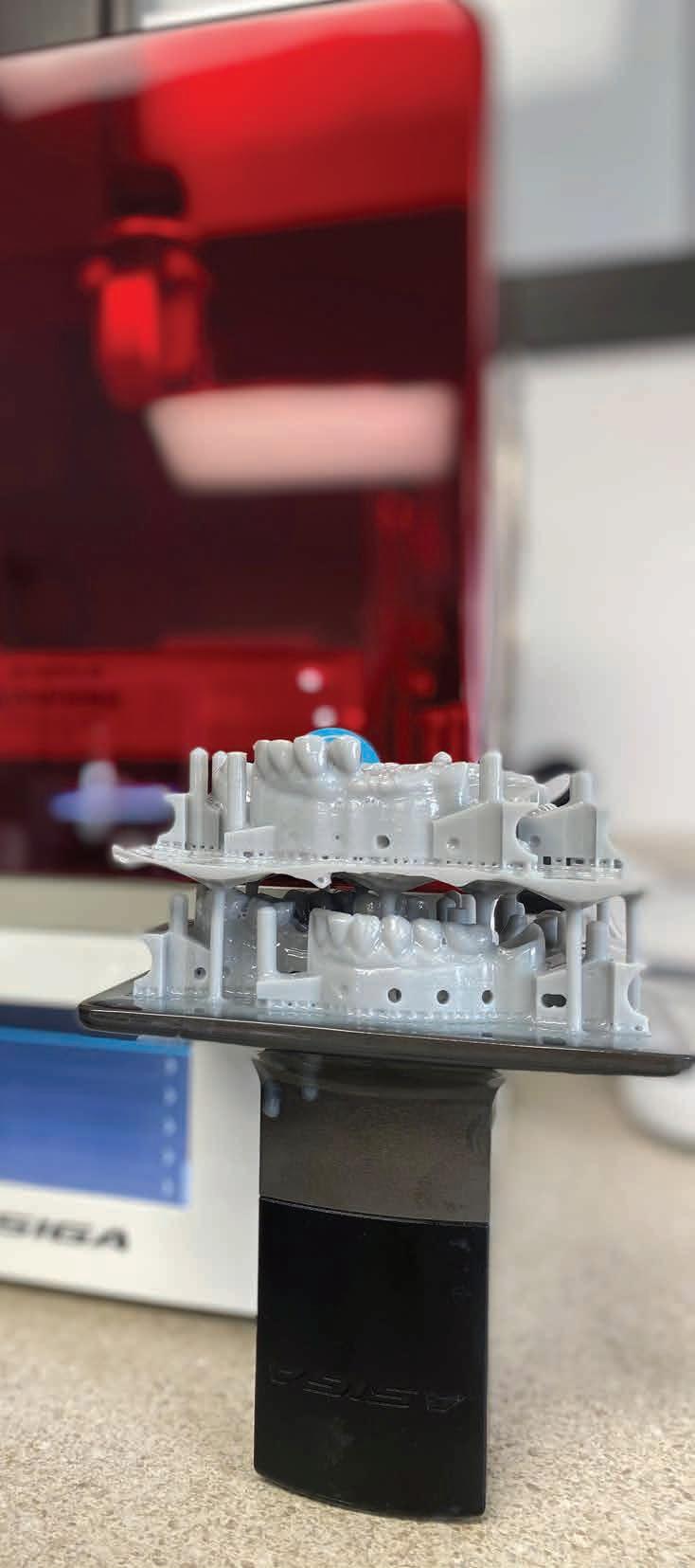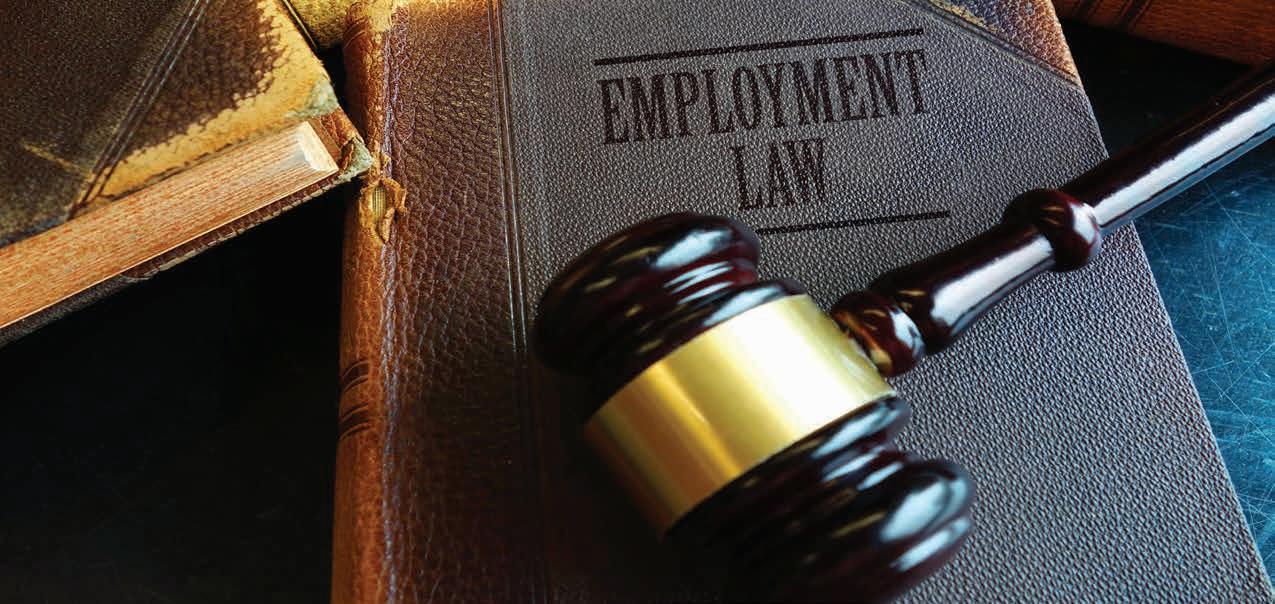
5 minute read
Small Business Administration Loan Programs: Everything You Need to Know to Secure Funds Now
SMALL BUSINESS ADMINISTRATION LOAN PROGRAMS:
Everything You Need to Know to Secure Funds Now
By Kelsey Currence, CDA Development Manager
The year 2020 was a reckoning of sorts, a reckoning that will have a longer impact on the American way of life than the 12 months that it incapsulated. Last year accelerated technological advances and changed most industries permanently. It also forced the federal government’s hand to come to the table with some financial help for small businesses, including dental practices, across the country. The Small Business Administration (SBA) dusted off the Economic Injury Disaster Loan (EIDL) program and revamped it, as well as created the Paycheck Protection Program, commonly known as PPP.
You may not have heard of the ‘Consolidated Appropriations Act of 2021’ but it may have meaning for your PPP loan and your practice. There were a great deal of changes and fortunately they are nearly all favorable!
To save you hours of poring over SBA regulatory verbiage, I’ll boil things down for you.
For all applicants:
• Reach out to your financial institution to make sure they’re participating in Round 2 of PPP loan applications. Several banks have opted out this time. o If your financial institution has opted out, use the Lender Match Tool on the SBA website to find one that is participating. o Due to banking regulations, applicants will need to undergo a series of checks that are normal procedures when opening a deposit account at most banks.
• Regardless of Round, you will still need to utilize a minimum of 60% of the loan on payroll costs. • If you received an EIDL advance, it will no longer reduce your total forgiveness amount. • You can now use PPP funds to purchase PPE, cloud-based computer systems and equipment that will help protect against COVID-19. • Forgivable expenses also include damage to business property due to riots. • Expenses paid for by PPP loans now qualify as tax deductible. • PPP borrowers can also participate in the Employee Retention Tax Credit. • You will need to retain or enhance your FTE (Full Time Equivalent) or qualify for Safe Harbor.
• Forgiveness Applications: o You have ten months to submit your forgiveness application from the end of your PPP loan period (You do not need to submit your forgiveness application for Round 1 prior to applying for Round 2). o If you do not submit your forgiveness application within ten months, your entire loan will amortize out at 1% APR over a five-year term. o If your loan is under $150,000, you have a much simpler forgiveness application; the 3508S. o If your loan is over $150,000, you will need to proceed with the simplified 3508EZ. o Your lender will likely have their own forgiveness application on their online banking portal. I suggest utilizing this form as their loan processors will be well-trained on it. • Any loan amount not forgiven on loans funded after June 5, 2020 will automatically amortize at five-years at 1% APR. If your Round 1 PPP loan funded prior to June 5, 2020 any remaining balance not forgiven will amortize for two-years at 1% APR.
For those who participated in Round 1:
• If there was an error in the amount that you received as part of your Round 1, you now have the option to go back and amend your original application to be made whole. o If your instinct is to try and recoup some funds you missed in Round 1 by attempting to get those funds back in Round 2, go back to your original bank and simply have your Round 1 application amended. This will ensure that if you pursue Round 2, you will receive the correct funds.
• If you did not apply in Round 1, but would like to apply now, your PPP loan will be considered ‘First Draw’, but the new rules apply. o You have a choice between an 8-week loan period and a 24-week loan period. o If you have a balance that is not forgiven, it will automatically roll into a fixed rate, amortized loan for five years at 1% APR.
The EIDL program also reopened in January 2021, including the advance portion. If you did not apply for an EIDL in 2020, you may apply for the loan as well as the advance, now through December 31, 2021. The advance portion is $1,000 per employee, with a maximum of $10,000.
One thing I continue to receive a lot of questions around has been the HHS Provider Relief Fund and how it does or does not interfere with a PPP loan. The best way for me to describe this is a relay race. If you want to use PPP funds to pay payroll expenses, your PPP loan will carry that baton for the entire duration of your PPP loan (even if you’ve used up whatever monies from PPP you’ve allocated). After the PPP loan period, then HHS can carry the baton for payroll expenses. If your PPP loan period goes from January 1, 2021 – February 26, 2021 (8-week loan period), then HHS Provider Relief Fund dollars can be utilized for PPP covered expenses on and after February 27, 2021. Please remember you are not alone in this process – organized dentistry is here to help. If you have any questions, email kcurrence@cdaonline.org or call (303) 996-2847.
Resources
• Funding Sources: Lender Match on sba.gov
• EIDL Loan Program: sba.gov
• PPP Loan Program: sba.gov
• HHS Relief Program: hhs.gov
• IRS Employee Retention Tax Credit FAQ: irs.gov
About the Author
Kelsey Currence actively supports both the CDA Foundation and CDA Enterprises. She works diligently to provide CDA dentists with the market’s leading vendors and partners to make practices more profitable and leverages relationships to enable the CDA Foundation to be stewards in our community. Prior to joining the CDA, Kelsey had a successful 16-year career in banking and finance. Outside of work, she is the Cooperation with the Professional Community chair for southeast Aurora, partnering professionals with substance abuse recovery resources, and she loves to spend time with her dog Alfred. You can reach her at 303-996-2847 or kcurrence@cdaonline.org.








